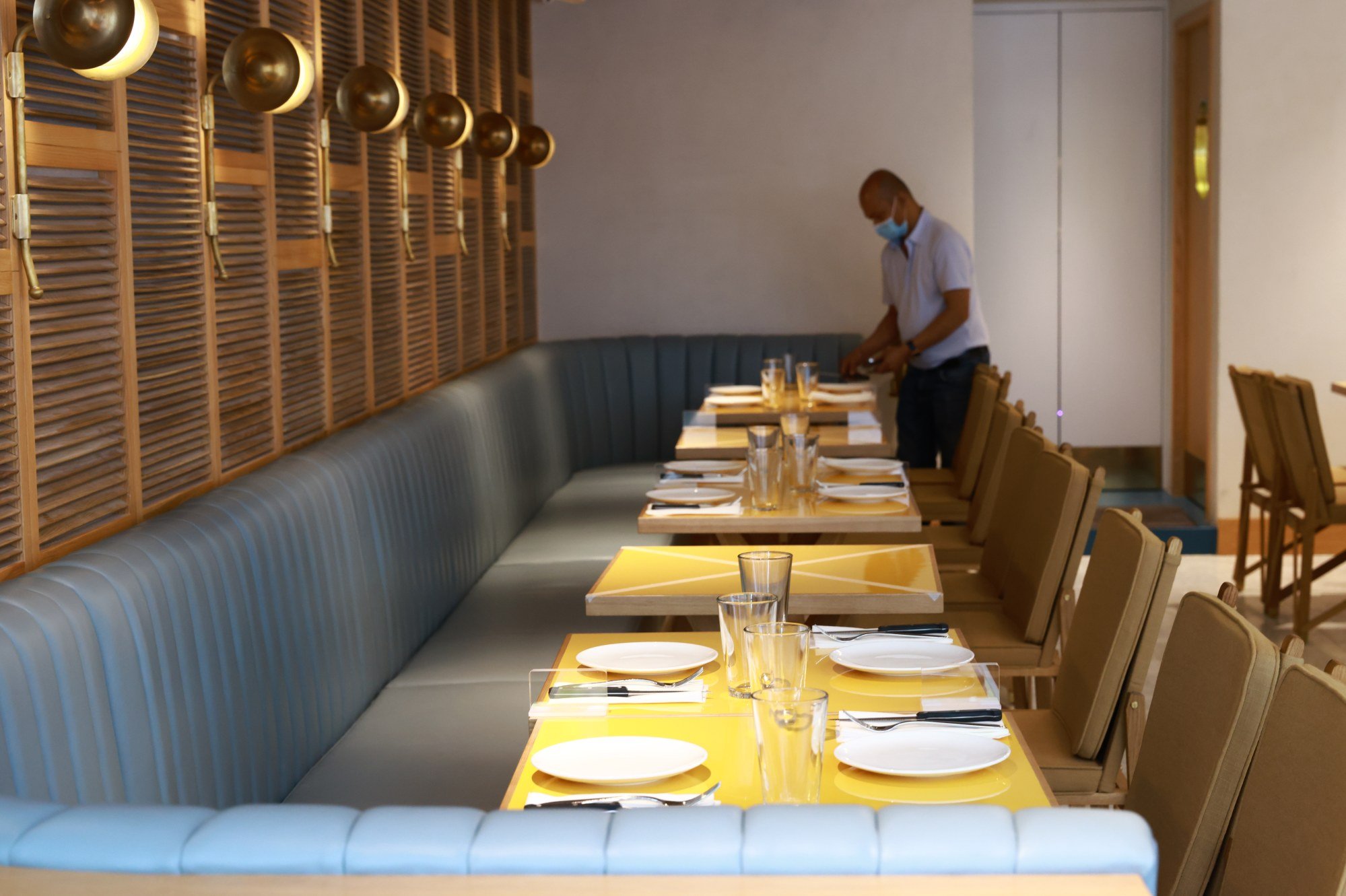How to make authentic Italian pizza at home: the executive chef of Hong Kong artisan pizza bar Amalfitana shares his trade secrets

In a town bursting with pizzerias, it is still hard to find authentic Italian-style pizza. As in most cities, different kinds of pizza cater to international tastes, and here in Hong Kong toppings can range from barbecue chicken to Peking duck.
“I understand that people overseas like this – even pineapple on the pizza,” says Michel Degli Agosti, the executive chef of Amalfitana. “But at Amalfitana, I build this concept on the authenticity of Italian-style pizza. If the Italian community come and see pineapple on the pizza, they will think it is not Italian.”

Authentic Italian pizza features ingredients from local areas, and there are many ways of making and styles – even in Italy, says Agosti. “There are Neapolitan and Roman styles, they are all slightly different. But in Italy, few places make this kind of fusion pizza you see abroad. I am not sure how well they do there.”
Agosti came to Hong Kong five years ago when Amalfitana opened in The Pulse on Repulse Bay with the promise of authentic Italian pizza. Now the pizzeria has opened its second eatery in Central, on Wyndham Street.
“I have been head chef since Amalfitana opened in Repulse Bay. I started making pizza when I was 14 years old. The first time was for a charity event in my village near Milan. Once a year, the sports association of my village organises a festival and we have more than 300 covers, and there is a pizza section,” says the chef.

“I volunteered to help in the pizzeria. It was fun for me. Every year I would help out, and I felt I was good at what I was doing. A few years later, I decided I wanted to become a professional pizza chef. I went to study with a chef who had won several competitions in Italy and abroad. I learned his technique and he helped me out a lot. Then I travelled to London in 2009 and stayed for two years. And the first job I found was making pizza.
“Being Italian and able to make pizza is a special combination while travelling. It really helped me find a job every where I went,” he says with a laugh.

Agosti says the secret to his delicious pizza is in the dough.
“I ferment the pizza dough for at least 24 to 36 hours in the fridge. The dough then becomes lighter and easy to digest, so it does not feel very heavy in your stomach after eating it. This technique helps the yeast finish its life cycle so it’s not active any more when I serve it,” he explains.
“One of the biggest challenges to making good pizza in Hong Kong is space. There isn’t much space for the dough; you need extra space for the fridges,” Agosti continues. “I dedicate bigger space to the dough. That’s why I don’t make pasta; I just specialise in pizza, but we also have starters and salad. I would need double the kitchen space if I were to also make pasta!”
Amalfitana boasts an authentic pizza oven, brought in all the way from Italy, and each pizza is handmade. Traditional pizza is on the menu, from Margherita and pepperoni to primavera and Fiorentina.
Chef Agosti’s tips for making the perfect pizza at home:

1. Try to use top quality ingredients for the best results.
2. Use the best flour, I prefer using 00 flour – it means it is soft wheat flour – the zeros indicate how finely the flour is ground.
3. Be careful with the yeast because it is not easy to find fresh yeast in Hong Kong and people usually use dry yeast. With dry yeast, 1g is equivalent of 3g of fresh yeast. You should use 1.5-2 grams maximum for one litre of water.
4. Once you have mixed the flour, water and yeast and the dough becomes elastic, add the salt at that point because the salt affects the yeast. If you put the salt in at the beginning, it can kill the yeast. The yeast and flour need to interact before you add the salt.
5. Use bottled mineral water or filtered water. The chemicals in tap water can kill the yeast.
6. And don’t forget to ferment your dough for 24 to 36 hours. Keep it airtight so it doesn’t go dry.
Want more stories like this? Sign up here. Follow STYLE on Facebook, Instagram, YouTube and Twitter.

- Hong Kong has dozens of pizzerias, but few serve proper Italian-style pizza, preferring flashy ingredients over an authentic taste
- Amalfitana’s ‘maestro pizzaiolo’ Michel Degli Agosti started cooking pizza when he was 14 – and this is how he makes the ideal dough for the job